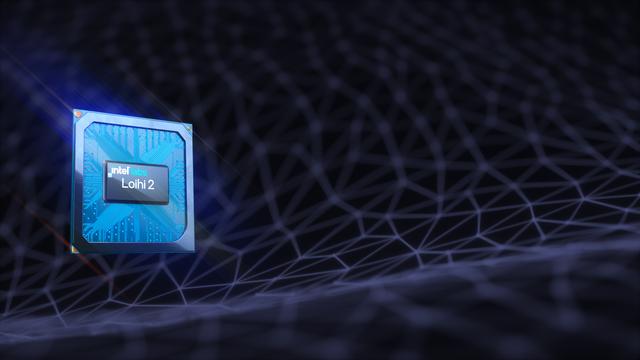https://www.lanl.gov/media/publications/1663/1269-neuromorphic-computing #AIrevolution #neuromorphiccomputing #marketingvsreality #energyconsumption #sciencefiction #HackerNews #ngated
Thank you to everyone who attended and contributed to such a productive and inspiring event. We are looking forward to the next steps in deepening our collaboration.
IAS-6, IBI-3, INM-10, @fzj_jsc , PGI-4, PGI-7, PGI-14, PGI-15 @fzj
#NeuromorphicComputing #Neuroscience #ArtificialIntelligence #ComputingInnovation 3/3

